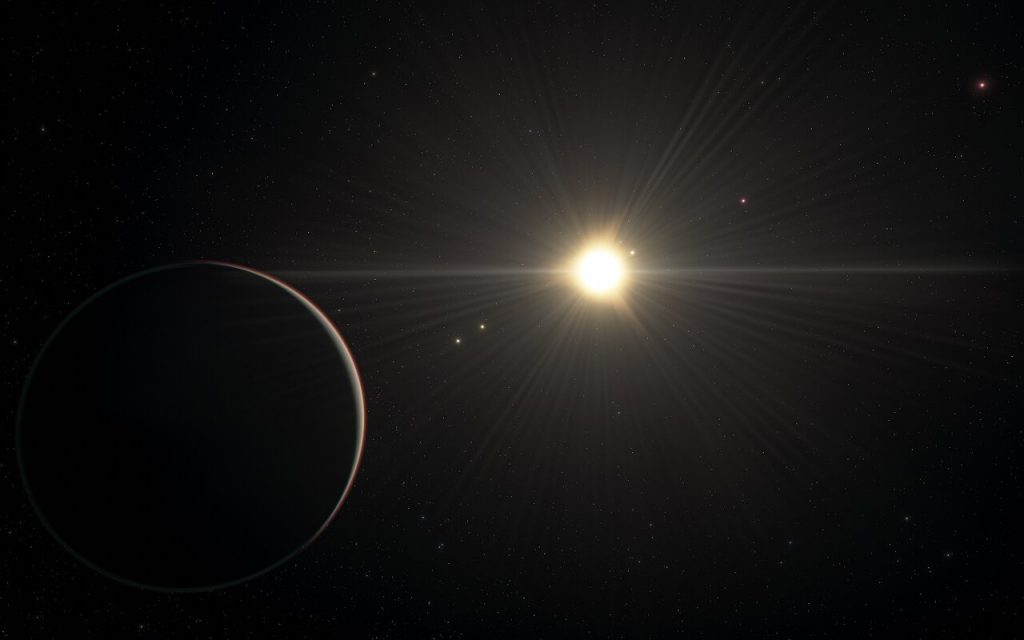
The star TOI-178 is about 200 light-years away. When scientists first observed this star, they initially thought it had two planets in orbit at the same distance, which is, of course, unheard of. Yes, we have Lagrange points, but those tend to collect small rocks, not planet-sized masses.
Further observations and analysis revealed that this star has not two, not three, but six planets in orbit around it. And it gets cooler and simultaneously weirder from there. Five of those six planets are in resonance around the star.
We see resonance in our own solar system, and I’ve talked about it before with respect to three of Jupiter’s Galilean moons. This resonance is where Io orbits Jupiter four times for every two orbits of Europa and every single orbit of Ganymede. It’s like a three-part harmony, and we call it a 4:2:1 resonance. Makes sense so far.
We’ve seen resonance in quite a few exoplanetary systems, ranging from two to four planets. And we’ve seen even more systems that are in a near resonance, where they’re really close to something like a 4:2:1 ratio but it’s off by a couple of percent either way for each planet. However, this system presents the first time we’ve seen a perfect resonance chain with five planets, and their ratio turns out to be an 18:9:6:4:3 chain.
The innermost planet of this chain is the second one from the star, and it goes around eighteen times for every three times the outermost planet orbits, and it does it in a couple of days. The results will be published in the journal Astronomy & Astrophysics, and co-author Yann Alibert explains further: The orbits in this system are very well ordered, which tells us that this system has evolved quite gently since its birth.
But then the system gets even more strange, as the compositions of these planets make no sense based on what we know of solar system formation. And I remind you that what we know keeps turning out to be less than we think. Co-author Nathan Hara describes the system: It appears there is a planet as dense as the Earth right next to a very fluffy planet with half the density of Neptune, followed by a planet with the density of Neptune. It is not what we are used to.
Once again, a new planetary system has challenged what we think we know. Must be a day ending in ‘y’.
More Information
ESO press release
“Six transiting planets and a chain of Laplace resonances in TOI-178,” A. Leleu et al., to be published in Astronomy & Astrophysics




 Join the Crew!
Join the Crew!
 Escape Velocity Space News
Escape Velocity Space News
0 Comments